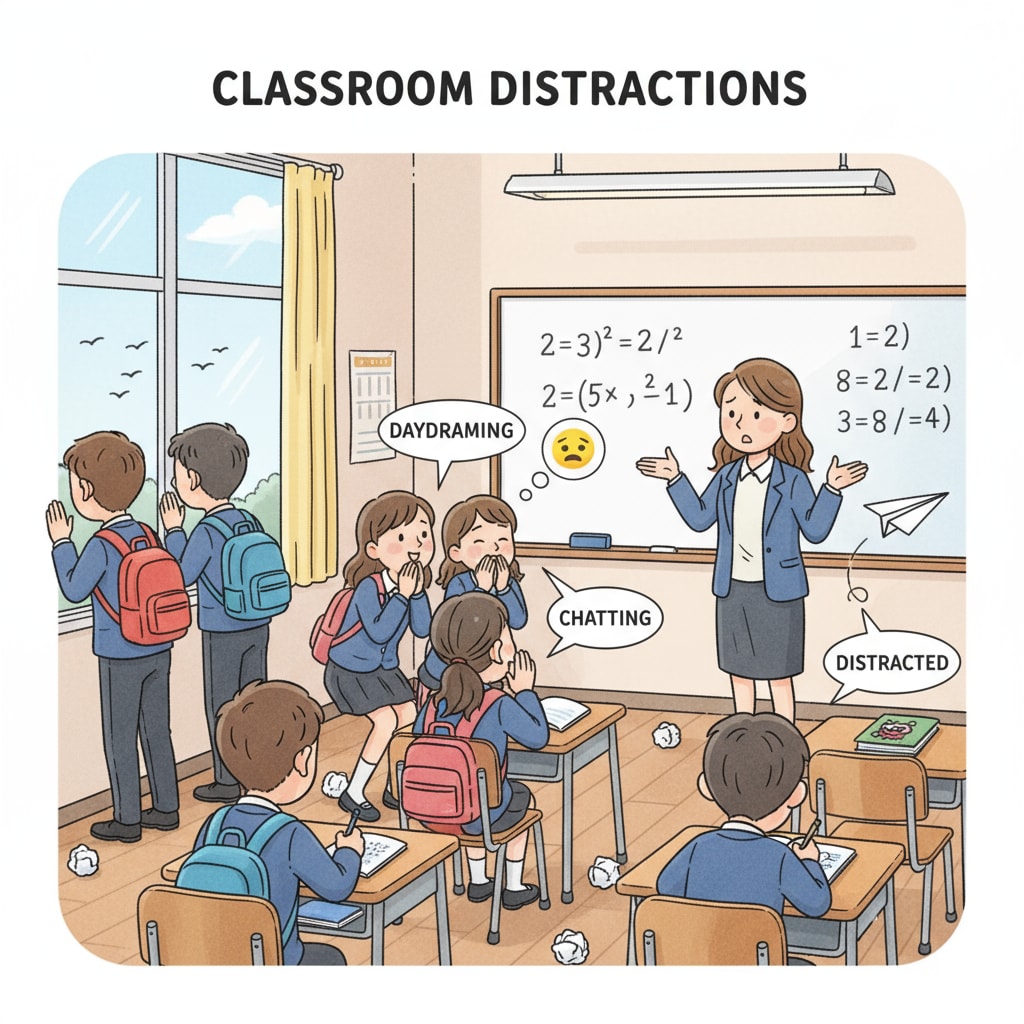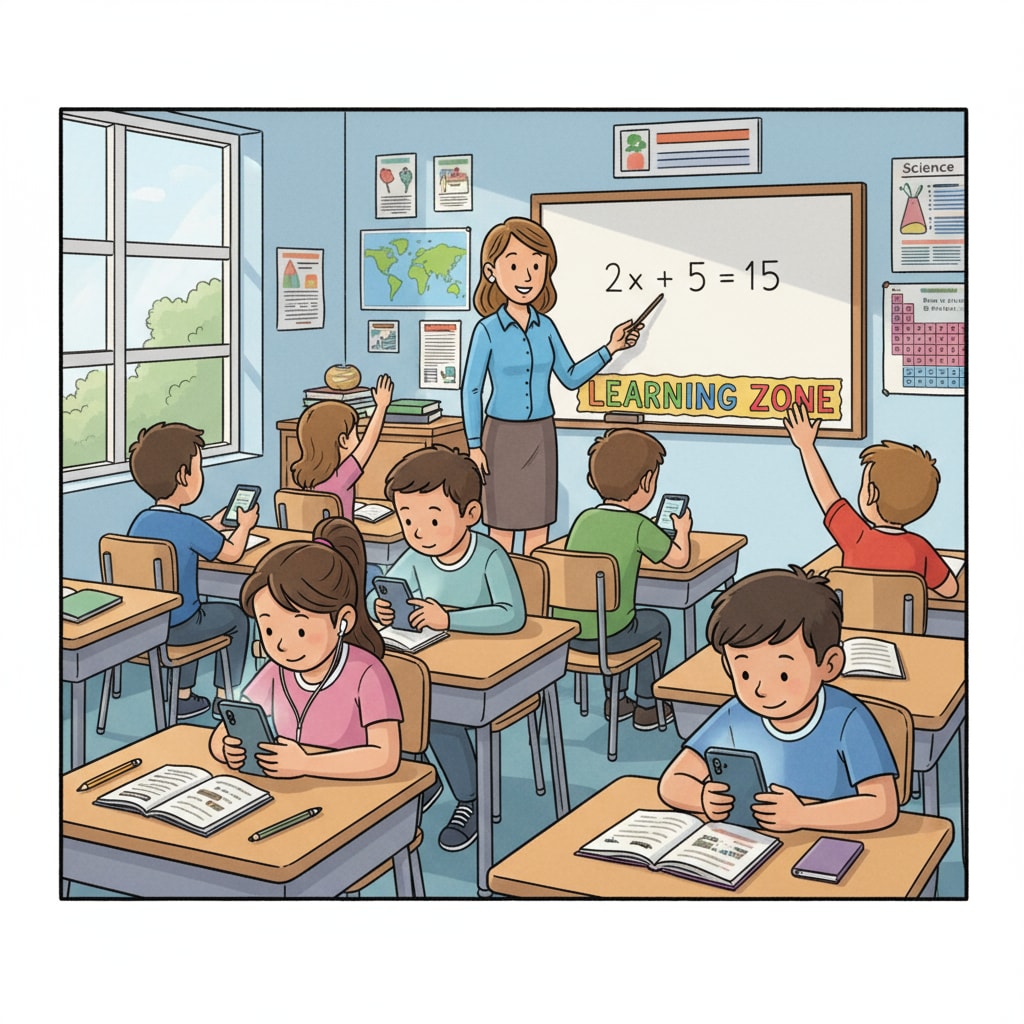In the realm of education, teaching dilemmas, especially when students don’t follow instructions, are a significant concern, particularly in middle schools. This issue often intersects with special education needs. Middle school teachers frequently encounter the frustrating situation where students seem unable to comprehend and adhere to basic teaching directives. This not only disrupts the learning process but also poses challenges for educators in achieving their teaching goals.

The Root Causes of Student Non – compliance
There are several reasons why middle school students struggle to follow instructions. Firstly, cognitive development plays a crucial role. During adolescence, students’ brains are undergoing rapid changes. Some may have difficulty processing complex information, which can make it hard for them to understand what is being asked of them. For example, a math teacher might give a multi – step instruction for a problem – solving task. Students with underdeveloped cognitive skills may get lost in the middle of the steps. Adolescent Brain Development on APA
In addition, distractions in the classroom environment can be a major factor. With the prevalence of technology and the constant stream of information, students are easily distracted. A vibrating phone or a nearby conversation can pull their attention away from the teacher’s instructions. This lack of focus leads to misunderstandings and non – compliance.

The Impact on Teaching and Learning
The situation of students not following instructions has far – reaching consequences. For teachers, it can lead to increased stress and frustration. They may find themselves repeating instructions constantly, which eats into valuable teaching time. As a result, the pace of the curriculum may be affected, and some learning objectives may not be achieved. How Student Non – compliance Affects Teaching on TeachThought
For students, this non – compliance can hinder their academic progress. They may miss out on important knowledge and skills, which can have a negative impact on their grades. Moreover, it can also affect their social development as they may have difficulty working in groups or following the rules of the school.
Special Education – Informed Strategies
One effective strategy is to break down instructions into smaller, more manageable steps. This approach is particularly useful for students with learning difficulties. Teachers can present instructions one by one, ensuring that students understand each part before moving on. For instance, in a science experiment, instead of giving a long list of steps all at once, the teacher can explain each step as the students are about to perform it.
Another strategy is to use visual aids. Many students, especially those with special needs, respond better to visual information. Teachers can create charts, diagrams, or use videos to illustrate instructions. This can make the information more accessible and easier to remember.
Finally, providing immediate feedback is essential. When students follow instructions correctly, teachers should praise them. Conversely, when they don’t, teachers should gently correct them and explain why. This helps students understand what is expected of them and encourages them to improve.
Readability guidance: By understanding the root causes, impact, and implementing special education – informed strategies, educators can better address the teaching dilemmas of students not following instructions in middle schools. This will contribute to creating a more positive and productive learning environment for all students.


